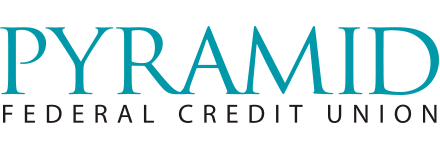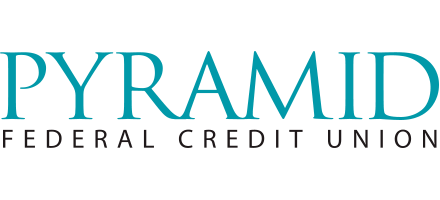Jumpstart Your Emergency Fund

Saving several months’ worth of living expenses for an emergency fund can be intimidating, especially when it feels like all of your available cash is already accounted for each month. Check out these six simple steps to help you get started building a reserve of cash — bringing with it greater financial security and peace of mind.
- Take it day by day
Putting aside months’ worth of living expenses might seem like an impossibly tall task. But more important than hitting your savings goal right away is simply getting started. To do that, pick a realistic number you think you could work toward in the short term. Some people, for example, might start with a goal of $50 or $100 a month—as little as $2 to $3 a day.
- Pick something and cut it
You could carpool or use public transportation to save on gas, bring your lunch to work or cancel that gym membership or cable subscription you don’t use. You may want to identify one discrete thing you can cut, which can be easier than trying to change your behavior.
- Make it easy on yourself
An easy way to save more consistently is to set up automatic transfers from your checking to your savings account. If you have direct deposit at work, you might be able to set aside a percentage of your paycheck to go directly to your emergency savings account each pay period.
- Don't let debt get in the way
If you’re struggling to pay down debt, saving might be the last thing on your mind. And if your debt carries high-interest rates—like credit cards—it might make sense to aggressively pay down balances first. But if your rates and balances are lower and more manageable, you can work on both goals at the same time: Consider allotting funds to both debt and savings each month.
- Keep your funds accessible—but away from temptation
Emergency funds must be available when you need them. That means not locking them up in accounts that charge you to access your money—or keeping them in an account you’ll be tempted to tap for everyday expenses. Consider creating a separate, interest-bearing, federally insured savings or money market account.
- Now, up the ante
Don’t stop once you’ve hit your initial savings target. Steadily increase your savings goals until you have put aside enough money to cover your expenses for three to six months—a significant buffer against unexpected emergencies.
- Written by Sara Cooper for America Saves.
- Click here for more information about America Saves and to explore a variety of tools and resources.




